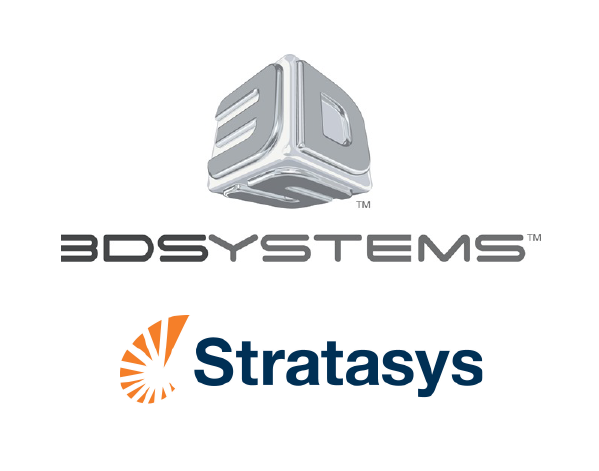
Stratasys and 3D Systems released their first quarter 2015 financial results this week and there are some interesting statistics.
Public companies, few though they may be in the world of 3D printing, are required to post their official financial results at least quarterly for investors and the public to review. In this way investors are able to more-or-less accurately set the company’s share price through buys and sells.
The latest Stratasys release reports on financial results from January to March 2015. Here’s the interesting parts:
- Company revenue appears to have dropped slightly compared to the same period in 2014, perhaps due to currency fluctuations.
- The company declared a net loss in the first quarter of USD$216M, but there’s reasons for this we’ll look at in a moment.
- Stratasys continues to invest heavily in research and development, to the tune of 14.1% of their revenue.
- The company holds a very healthy USD$425M in cash (or equivalents), so they’re in no danger of failing. In fact, they’d be able to acquire several large companies with this hoard.
- Over 7,500 3D printers were sold in the first quarter, the majority of which must have been personal 3D printers from their MakerBot unit.
But the most interesting item was a USD$194M write down of their MakerBot investment. You may recall Stratasys purchased the burgeoning personal 3D printer maker a couple of years ago for around USD$400M. This write down suggests they may have overpaid for the acquisition by approximately that amount. It is likely the major hit causing the first quarter loss.
Does this mean Stratasys made a mistake by acquiring MakerBot? Not necessarily so. Had they not acquired MakerBot, the company could have grown over future years to eventually compete directly with Stratasys itself, so the acquisition could still be considered strategic. But it does show the need for very careful consideration of the value of an operation during an acquisition.
Meanwhile, 3D Systems reported similar but less dramatic results. The company showed a 17% increase in constant currency revenue, but still posted a loss of USD$0.12 per share, also attributed to currency fluctuations.
These results are largely associated with 3D Systems’ main industrial line of products, as their healthcare, services and metal printing revenues all increased dramatically.
As for their line of personal 3D printing gear, 3D Systems reported 65% more revenue and an increase of 169% in units sold. This suggests they’re selling lower priced Cubes at a faster rate than their more expensive units, such as the CubePro.
What does all this mean? We think both of these large companies are still quite solid, with plenty of cash on hand and a great many customers and products. The not-the-greatest results of first quarter are mostly due to economic circumstances beyond their control – with the exception of the MakerBot adjustment by Stratasys.
Via Stratasys and 3D Systems

